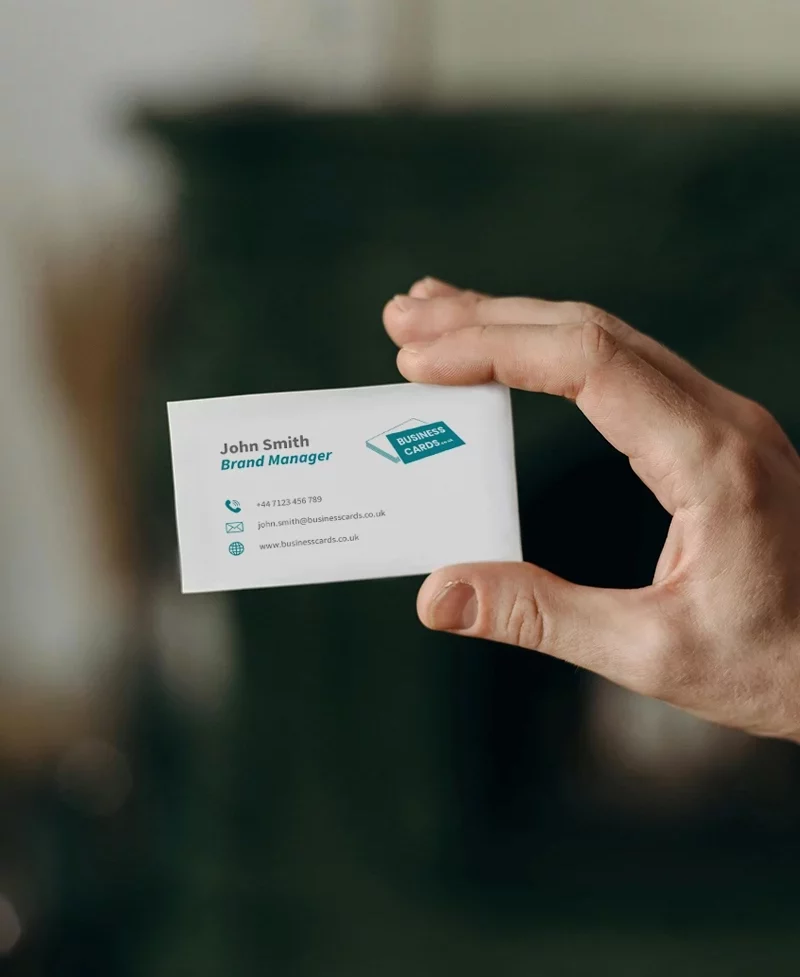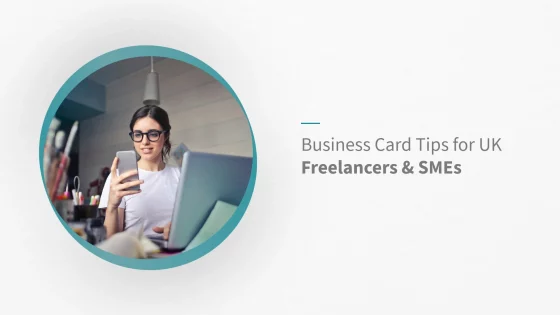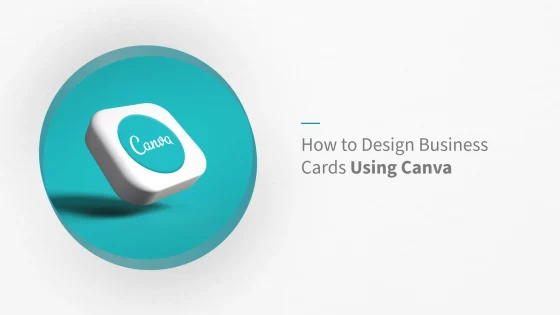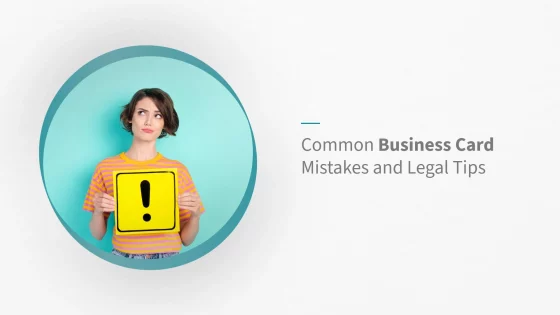Business Card Tips for UK Freelancers & SMEs
In a world where digital networking tools dominate, it’s easy to think business cards are a thing of the past. But for UK freelancers and small businesses, a well-designed card remains a powerful tool—one that opens conversations, strengthens brand perception, and supports professional relationships. Whether you’re handing one out at a trade event or slipping it into a client delivery, the right business cards can speak volumes.
According to a 2024 survey by the British Chambers of Commerce, over 45% of UK freelancers still use printed business cards regularly at networking events, highlighting their continued role in making professional connections. This guide covers practical, up-to-date tips for designing and using business cards effectively in 2025. From layout and content to print choices, clever enhancements and digital integration, here’s how to ensure your business card works hard for your brand.
What Every Freelancer & SME Should Include on a Business Card
- Full name and job title (or business role)
- Business name (if registered or trading as one)
- Phone number and professional email address
- Website URL or portfolio link
- Social handles—only those relevant to your work
- Short tagline or a one-liner that summarises your offer
- Optional: a QR code linking to your digital portfolio or vCard
Keep the design clear, and avoid overcrowding. If you’re struggling to fit all the details, consider using the reverse side of the card or a QR code to streamline the layout.

Choosing the Right Business Card Size and Material (UK Standards)
Getting the format right ensures your card is easy to carry and store. In the UK, the standard size is 85mm × 55mm—slightly wider than a credit card.
Recommended materials:
- Paper weight: Choose 300–400gsm for a professional, durable feel.
- Finish: Matte for a modern look; gloss for high-impact visuals.
- Texture: Soft-touch or uncoated card stocks can add tactile interest.
Sustainable materials are now widely available, from recycled paper to compostable card options. These not only reduce waste but can also reflect your brand’s commitment to environmentally responsible practices.
Design Best Practices: Standing Out Without Overdoing It
Good design doesn’t need to be loud—it just needs to be clear and memorable.
Keep these principles in mind:
- Whitespace matters: Don’t cram too much in. Clean spacing helps guide the eye.
- Font size: Use a minimum of 7pt text for readability.
- Typography: Stick to one or two fonts that align with your branding.
- Visual hierarchy: Ensure the most important information (your name and role) stands out.
- Double-sided use: Place your branding or logo on the front, and keep the back focused on contact info or your unique value.
Align all design elements—colours, fonts, layout—with your overall brand style. Consistency builds recognition and trust.
Creative Features to Help You Stand Out
Modern printing allows for expressive, personalised cards that capture attention while remaining professional.
- Rounded corners for a sleek, approachable look
- Die-cut shapes related to your trade (e.g. comb for hairdressers)
- Coloured or painted edges for a vibrant side profile
- Spot UV to highlight logos or create texture
- Foil stamping for premium finishes
Design elements like these can increase brand recall and add flair without compromising clarity. You can even consider waterproof business cards for industries that are based in the great outdoors.
Digital Touchpoints: Integrating QR Codes and Virtual Cards
Digital interaction has become a core part of modern networking. By including a QR code on your business card, you create an immediate bridge between print and online.
What your QR code can link to:
- A vCard (for instant contact saving)
- Your website, portfolio, or case study page
- An online calendar for booking consultations
- A custom landing page with trackable analytics
Some freelancers are now experimenting with NFC-enabled cards and digital-only options, but physical cards still provide a tangible advantage at in-person events. A hybrid approach—print plus digital—is often the most effective.
Show Personality with Illustrations, Quotes, or Photography
Freelancers and creatives can use their business cards to express values and style through visual and written cues.
- Illustrations that reflect your personal brand or industry
- Headshots to increase face recognition after networking events
- Motivational or industry-relevant quotes to convey expertise or attitude
- Humorous visual cues that showcase your creativity
The goal is to remain authentic and memorable without compromising clarity or professionalism.
Common Mistakes to Avoid When Creating Your Business Card
Even small details can undermine the impact of your card. Avoid these common pitfalls:
- Cluttered layout—less is more
- Low-resolution logos or poor image quality
- Outdated contact details
- Too many colours or fonts, which distract from the message
- Neglecting to proofread—spelling errors hurt credibility
- Printing on poor-quality stock that feels flimsy or cheap
Your business card is often your first impression. A poorly executed one can work against you, rather than for you.
How Many Cards Should You Print? A Smarter Approach for Freelancers
If you’re a freelancer or running a small business, you likely don’t need thousands of cards. Instead, be strategic.
Print planning tips:
- Start small: Order in batches of 100–250 to test the design and messaging.
- Track results: Use a QR code linked to a custom URL to monitor how often people scan and visit.
- Adjust as you grow: Tweak your card design as your services or target audience evolve.
- Print-on-demand: Consider local suppliers or platforms that allow small, high-quality runs.
This approach prevents waste and ensures your card stays relevant to your goals and audience.

Sustainability & First Impressions: Why Tangibility Still Wins
While digital networking is convenient, physical cards continue to hold their place—especially when designed thoughtfully and printed on sustainable materials.
Benefits of printed cards:
- Tangible branding: Holding a card feels more personal than scanning a phone screen.
- Memorability: A beautifully designed card is more likely to be remembered.
- Sustainability: Using recycled stocks or compostable materials supports eco goals.
- First contact: For many freelancers, the card is their first interaction with a client. Make it count.
The best approach is one that combines modern sensibility with professional presentation.
Conclusion: Create the Right Impression, First Time
Business cards may be small, but their impact can be significant. For freelancers and small businesses across the UK, they remain a relevant and effective tool—especially when paired with digital strategies and sustainable choices. Focus on clarity, quality, and creativity, and your business card will help you stand out where it counts.
Ready to refresh your business cards? Start by reviewing your current design and thinking about how your card reflects your brand today. Small changes can make a big difference—whether it’s updating your contact info, refining the layout, or trying a bold new feature.


